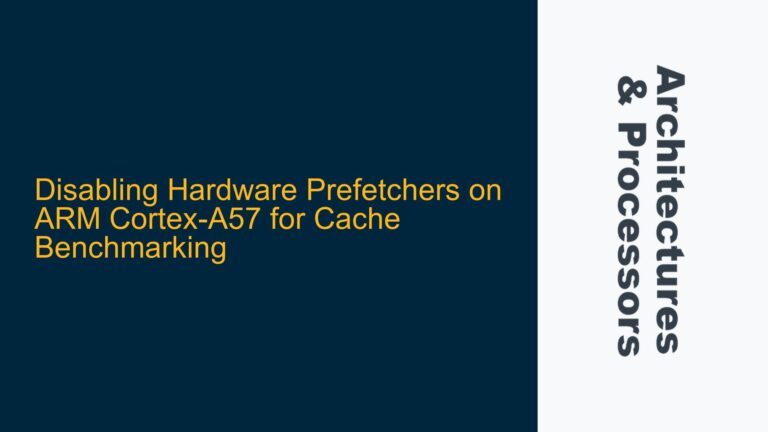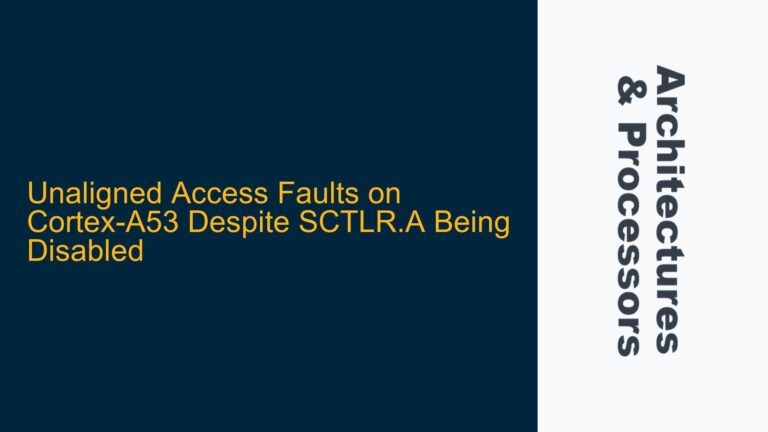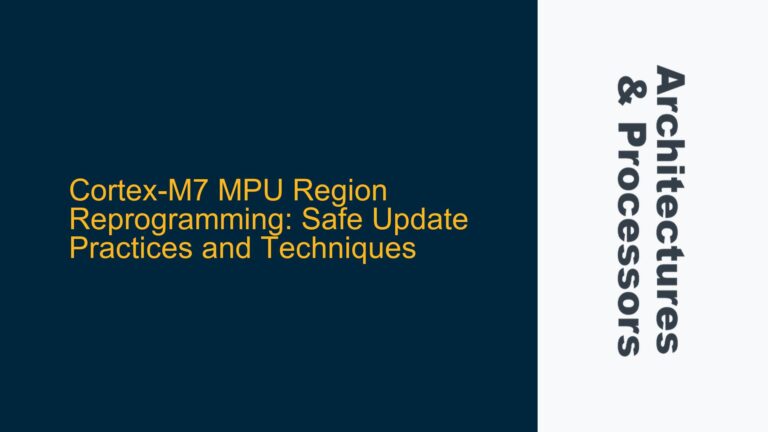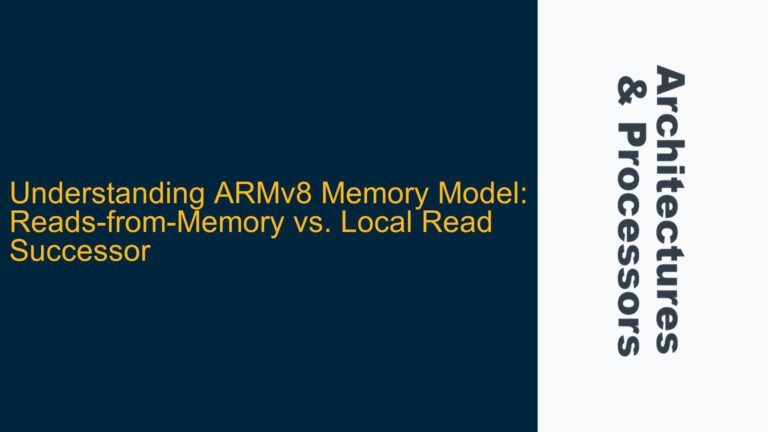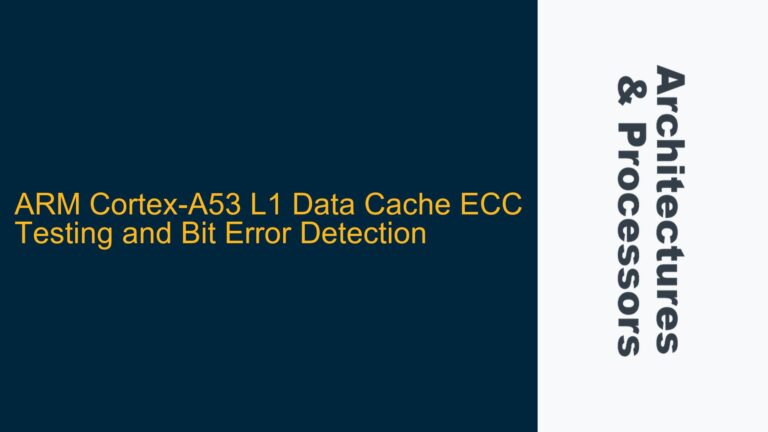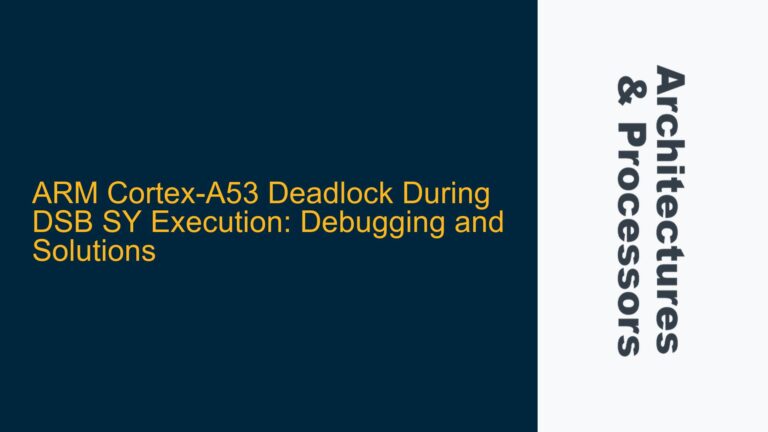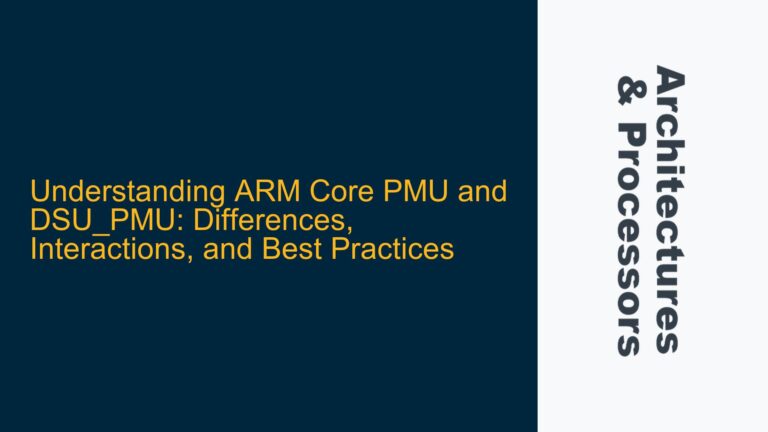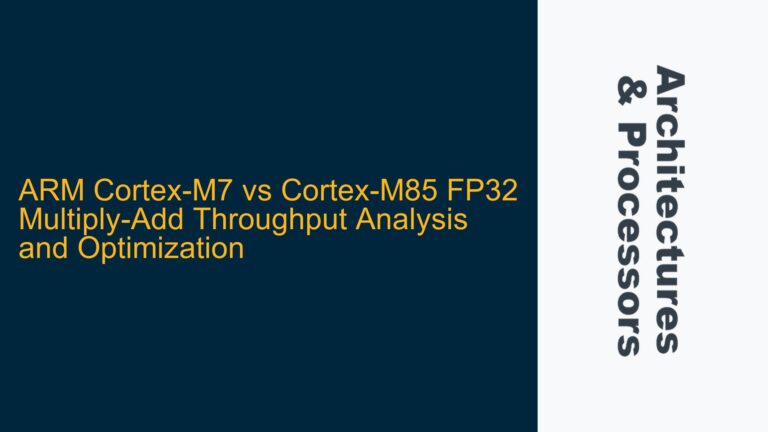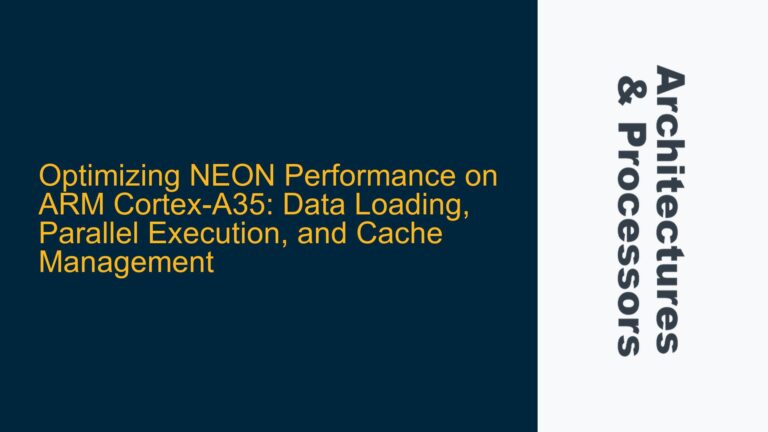ARM Cortex-M4 Register Corruption After WFI/Sleep Mode in FreeRTOS
ARM Cortex-M4 Register Corruption After WFI/Sleep Mode in FreeRTOS Issue Overview The core issue revolves around the corruption of the CPU register R7 after the Cortex-M4 processor exits sleep mode initiated by the WFI (Wait For Interrupt) instruction. This corruption manifests specifically during the first sleep cycle after system power-up, leading to an assertion failure…

